Week 4: Fourth round of installs – (Episode 5)
April 22, 2022
At this point it’s really crunch time for the CSF TRD 4Runner and we’ve got some big ticket items left to go on. This week we took the truck over to RPM Off-Road Garage in Monrovia, California to take care of the suspension installation.
Off-Road / Overlanding Suspension
Suspension is one of the biggest and most integral upgrades you’ll do to your off-road vehicle. Now choosing your suspension can be a bit tricky. There are countless options out there but there are a couple key factors you need to consider when selecting your suspension.
Key Factors to consider
Firstly we must consider what type of off-roading we will be doing. In this case, we are looking for a good balance between overlanding and light rock crawling. For this we wanted to find a good balance between increased articulation, travel distance, and high speed damping. Suspension articulation (or flexing) is important for rock crawling as the suspension must make more extreme adjustments for the severely uneven terrain. Overall, suspension travel distance plays a big role in any type of off-road driving. Between coping with undulations on trails and river beds to moderate rock climbing, the more travel your suspension has (within reason) the better. Equally important, good high speed damping smooths out the big bumps we’ll encounter at higher speeds on the trail as well soak up sudden drops when crawling. Last thing you want is that super jarring momentum to be transmitted to the cab.
Secondly we want to find a suspension that will provide enough lift for the size tire selected. In this case we elected to run 35 inch tires which is about as big as you can go on a 4Runner without any major custom work, and to fit the 35s we ideally want around a 3 inch lift. In addition to the lift, we’ll also need to make some other slight modifications to the 4Runner so we don’t get any rubbing. We have entrusted RPM Offroad Garage to handle the body mount chop and bumper viper cuts. These two modifications give us the extra space we need around the wheel well allowing our big tires to turn as far as possible.
Icon Vehicle Dynamics
Given these points, we selected the Icon Stage 7 Suspension system. This kit comes with everything we’ll need to really take the 4Runner to the next level. Here we’ll break down each part of the kit and the role each plays in the whole system.
Billet Upper & Lower Trailing Arm Kit
Rear trailing arms from the factory are designed to deal with modest rear suspension movement. With our 4Runner being set up to do some light rock crawling, we need a little more range and articulation that the factory unit won’t deal well with. Compared to the factory arms, the Billet design of the Icon units provide a lot of extra strength while saving weight at the same time. Both arms feature upgraded bushings that allow for increased articulation and have substantially higher load ratings than the factory units. The lower arms even come with replaceable nylon rock sliders to protect them from potential damage while crawling.
Extended Travel 2.5 VS RR CDCV Front Coilover Kit
These front coilovers are designed to offer a sport tuned adjustable feel and extended travel range. The height adjustability of up to 3.5 inches was an important factor when choosing this suspension as we need most of that range to fit our tires. Improved damping and ride quality are also important to us which the large 2.5 inch shock body helps with. The increased overall piston area offers substantial gains over a wide variety of terrains. One of the coolest features of these coilovers though is the remote reservoirs. The increased fluid volume offered by this type of system helps keep the fluid temperatures in check under heavy use which in turn gives you a more consistent damping. The mounting location of these reservoirs also makes it easier to access the adjustment knobs which allow you to select up to 10 different levels of compression for fine tuning.
RPM Off-Road also advised us to install a front differential drop kit. This is important when lifting a 4×4 that doesn’t have a solid front axle. Lifting the front will put additional strain on the CV joints normally so a spacer kit helps keep the axles operating within their normal range.
Billet Upper Control Arm Delta Joint Kit
Suspension travel range is often limited by multiple suspension components. In the front, the combination of extended travel dampers and upper control arms give us a much greater range of suspension travel. This is important for both off-road performance and ride quality. Most importantly, these control arms feature ICON’s patented Delta Joint technology. The Delta Joint is a heavy duty high angle ball joint that combines the durability of a ball joint with the performance characteristics of a traditional uniball. This means they will stand up to heavy abuse on the trails while giving us maximum range of motion.
Rear 2.5 VS RR CDCV Damper Kit & Rear 2″ Spring Kit
Similar to our front suspension, the rear dampers and springs combine to give us a 2 inch lift, increased travel, and improved ride quality both on and off-road. While the rear lift is smaller than the front, it is still enough to accommodate the larger tires. The rear wheels don’t have to turn therefore there are fewer components and just have more space in general. Just like the front, the rear dampers also feature 10 levels of adjustability for fine tuning on the remote reservoirs.
Rear Adjustable Track Bar Kit
While not a true performance upgrade, the rear track bar is an extremely important component to this kit. Lifting a 4Runner can change the alignment of the rear axle. This can cause serious issues ranging from premature tire wear to unpredictable handling at higher speeds. The adjustable rear track bar allows you to restore the alignment to factory spec.
Installation
As complex as the whole system is, the installation was as smooth as butter. As we mentioned earlier, we didn’t feel up to the task of installing some of these bigger parts so we entrusted the full install to the guys at RPM Off-Road Garage. We were there for the full install and they had zero issues.
If you’re thinking about tackling this job on your own, I definitely think it’s possible if you have the tools, space, and time. Just keep in mind your 4Runner will need a serious alignment after which isn’t easy to do without the proper equipment. One small hiccup we encountered was completely my fault. I forgot to determine the spring preload I wanted for the front coilovers. You determine this by factoring in the added weight of your accessories and other bulky parts. We got it figured out, but it did delay the installation a little bit.
Episode 5
Series Playlist
Continue Reading…
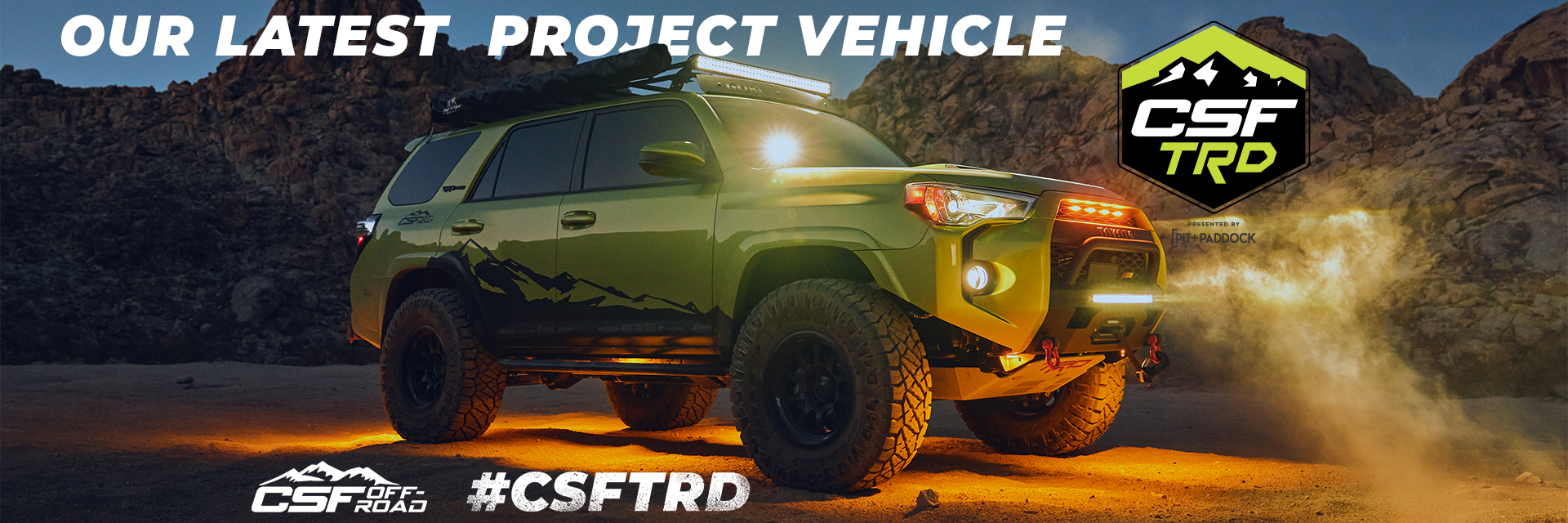
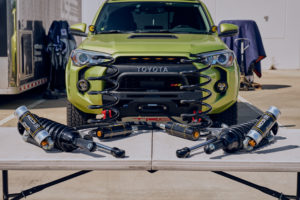
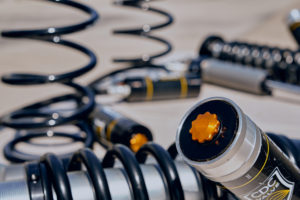

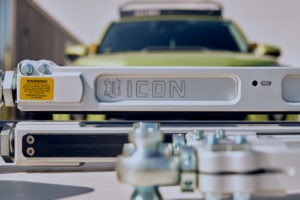
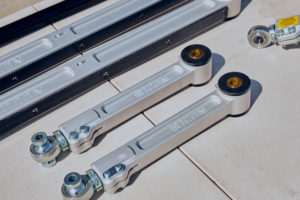


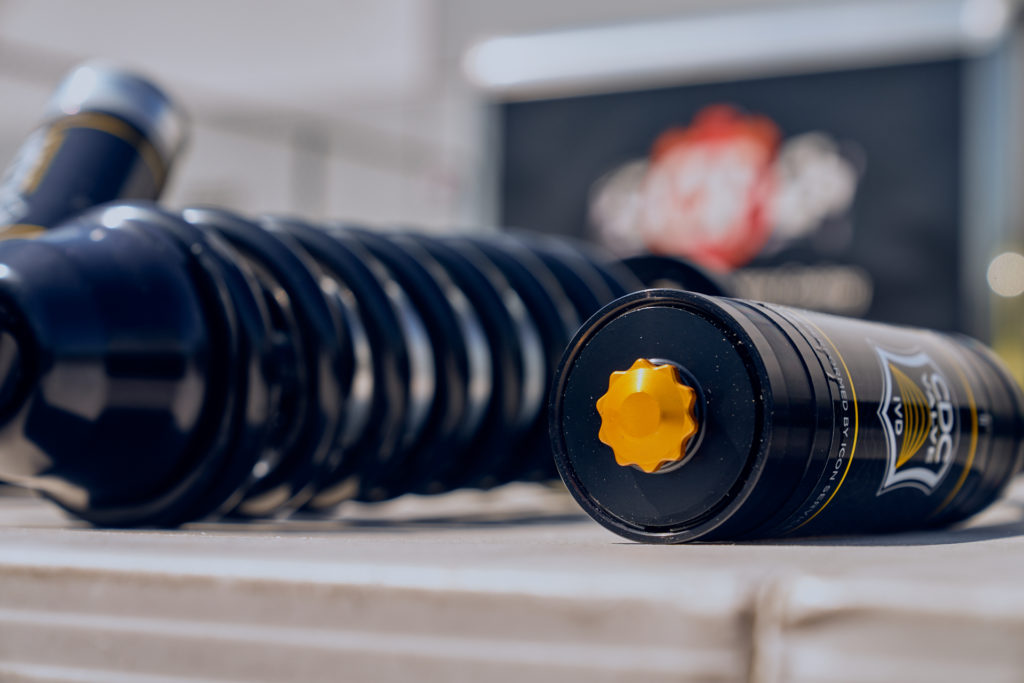


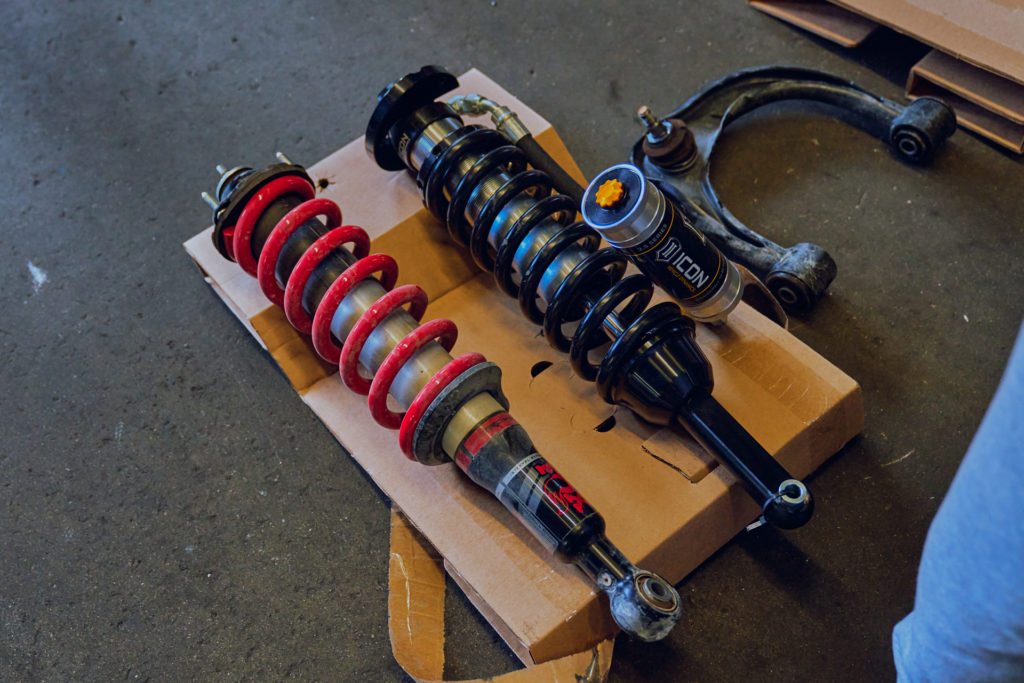
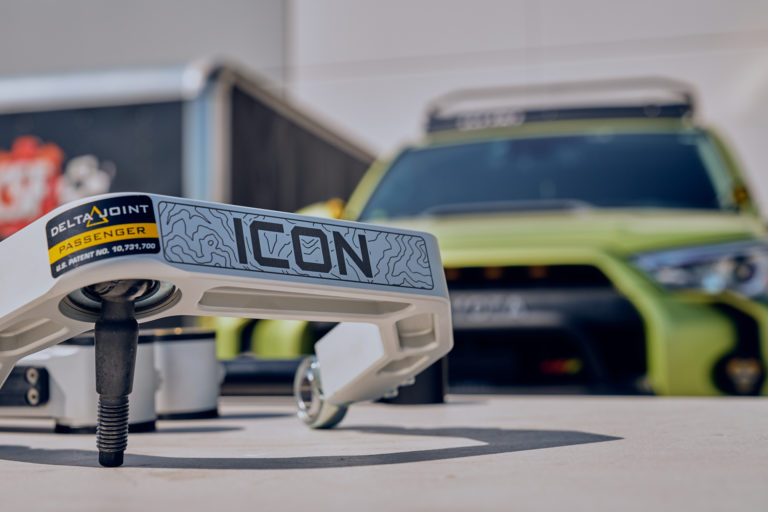
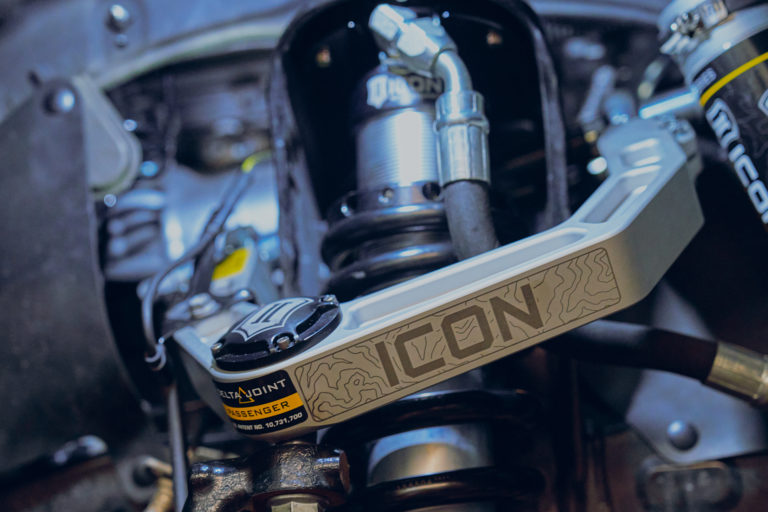
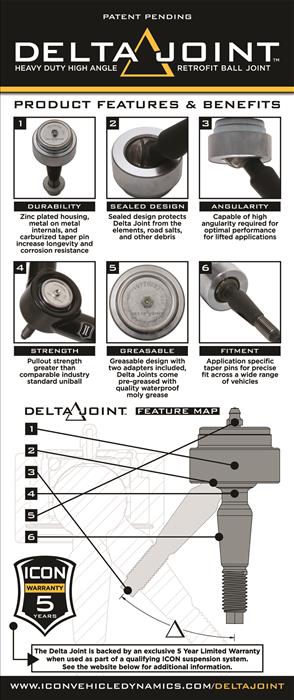
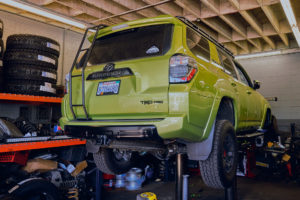
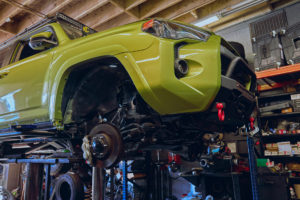

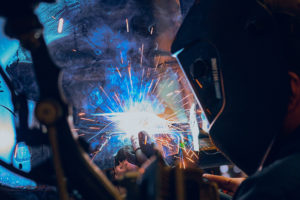
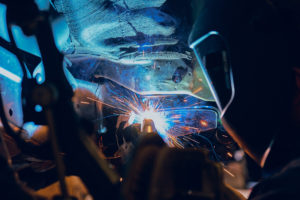
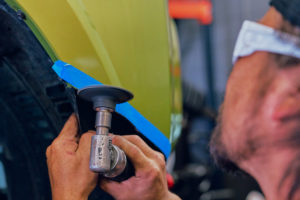

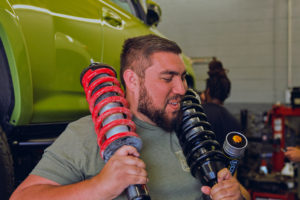
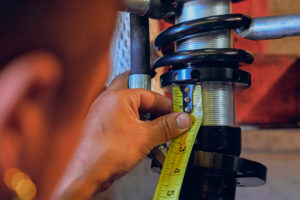
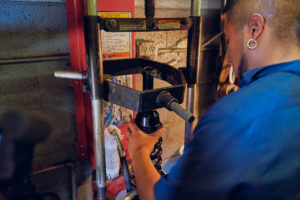
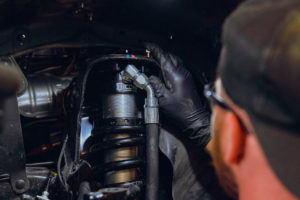
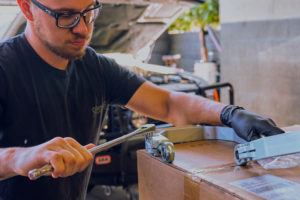
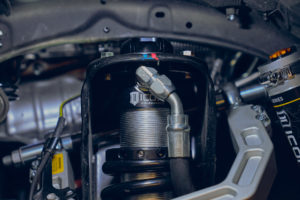

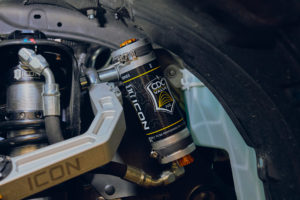




COMMENTS